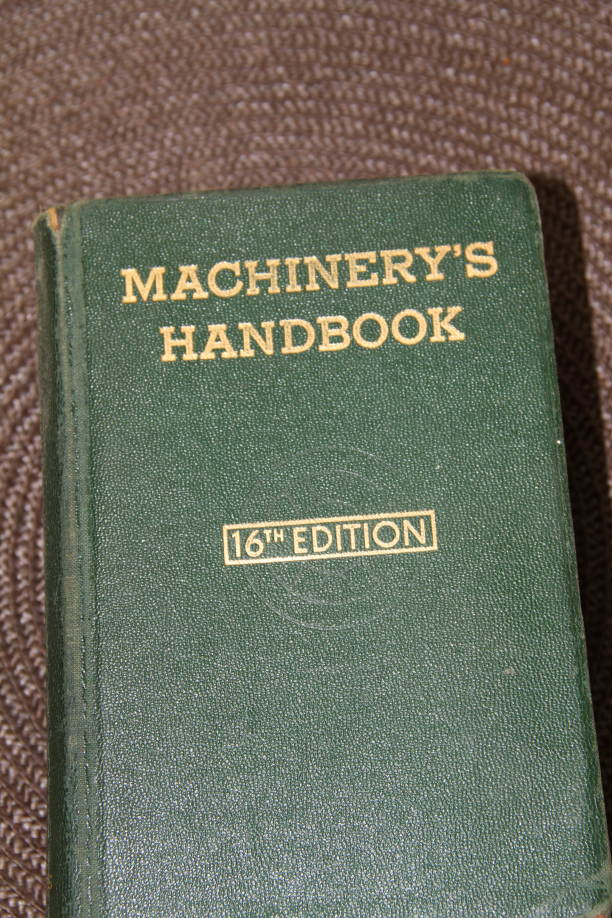One piece gage that will check overall length to indicate the need for trimming, datum to head length to assure correct headspace and to prevent over sizing. Available for most popular rimless cases.
Try to understand I am not dealing with reloaders that have mastered the Wilson case gage. Again,

I have a M1917 Eddystone that is stamped EK, it has a long chamber, the chamber is .016" longer than minimum length full length sized, factory over the counter ammo, for those that have trouble keeping up that is .011" longer than a go-gage length chamber. I do not trim the case to case length specifications, when measuring the length of the case I add .014". When using the Wilson case gage the .016" does not how up on the neck end of the gage.
datum to head length to assure correct headspace
Again, reloaders are infatuated with the phrase 'head space'. I have the length of the chamber, I have the length of the case and I have clearance. Back to the M1917, one more time, I form cases for the M1917 from 280 Remington cases, I simply adjust the 30/06 die off of the shell holder .014" to form cases that chamber with .002" clearance. And no, I do not use cases that have no life as a 280 Remington case, I use new and or once fired cases.
Forming 280 Remington cases is not necessary because the M1917 is not capable of driving the case to the shoulder before the primer is crushed. YES

My M1917s have killer firing pins that are capable of crushing the primer before it's little buddies the case, powder and bullet knows what happened to it, reloaders have trouble keeping up with stretch and flow. They have a good grip on jump back, snap back spring back. I have fired cases once, there was no jump, snap or spring back, the cases could not remember what it was before I chambered it.
The Wilson case gage. When I measure a 280 Remington case in a 30/06 Wilson case gage the head of the case protrudes above the gage .046", after forming it protrudes .011". If my cases have too much jump, snap and or spring back I lower the die an additional .001", always looking for that magic .002" clearance.
I use a .014" thick feeler gage when adjusting the die off of the shell holder, I secure the die to the press with the lock ring, I do not secure the lock ring to the die.
Back to the Redding shell holders: I have never found it necessary to grind the bottom of the die or top of the shell holder, I have always managed to raise the die to increase the length of the case body and raise the deck of the shell holder to size cases for short chambers and or increase the presses ability to overcome the cases ability to resist sizing.
I do not believe I have ever dealt with people that were as desperate for attention as some of you with one exception. He left the big Christmas Military Ball screaming, hollering, waving and flailing his arms and using Gods name in vain; problem, Immediately after he left the building it was not God they came looking for. And then there were the ladies all pointing in the direction of the big melt down. You should have been there.
F. Guffey

